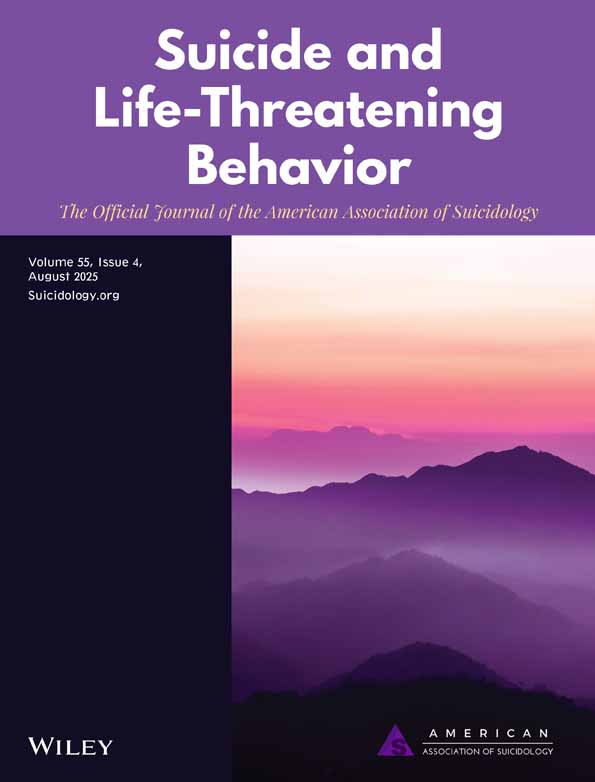Rebuilding the Tower of Babel: A Revised Nomenclature for the Study of Suicide and Suicidal Behaviors Part 2: Suicide-Related Ideations, Communications, and Behaviors
This effort was initially encouraged and supported, in part, by the Suicide Prevention Research Center (SPRC) at the University of Nevada School of Medicine, Las Vegas, Nevada. Principal investigators were G. Thomas Shires, MD, and John Fildes, MD. The Denver VA VISN 19 MIRECC sponsored a meeting of the MIRECC Nomenclature Workgroup in July, 2005, which resulted in the preparation of this revision. The Director of the Denver VA VISN 19 MIRECC is Lawrence E. Adler, MD. The contents of this article are solely the responsibility of the authors and do not necessarily represent the official views of the Denver VA VISN 19 MIRECC.
Earlier drafts were read by David A. Jobes, PhD, Herbert Nagamoto, MD, and Pamela Staves, RN, MS, NP. Additional comments on the nomenclature were received from the U. S. Department of Defense Suicide Nomenclature Work Group and representatives from the medical examiners' offices of the Air Force, Navy, Army, Marines, and Coast Guard. The co-authors are grateful for their contributions, critiques, and recommendations.
Abstract
A revised and refined version of the O'Carroll et al. (1996) nomenclature for suicidology is presented, with a focus on suicide-related ideations, communications, and behaviors. The hope is that this refinement will result in the development of operational definitions and field testing of this nomenclature in clinical and research settings. This revision would not have been possible without the international collaboration and dialogue addressing the nomenclature of suicidology since the O'Carroll et al. nomenclature appeared in 1996.
Although it is doubtful that we will ever be able to construct universally unambiguous criteria to comprehensively characterize suicidal behaviors (and, overall, firmly establish the intention behind them), for scientific clarity it would be highly desirable that the set of definitions and the associated terminology be explicit and generalizable.
De Leo, Burgis, Bertolote, Kerkhof, & Bille-Brahe, 2006, p. 5)




